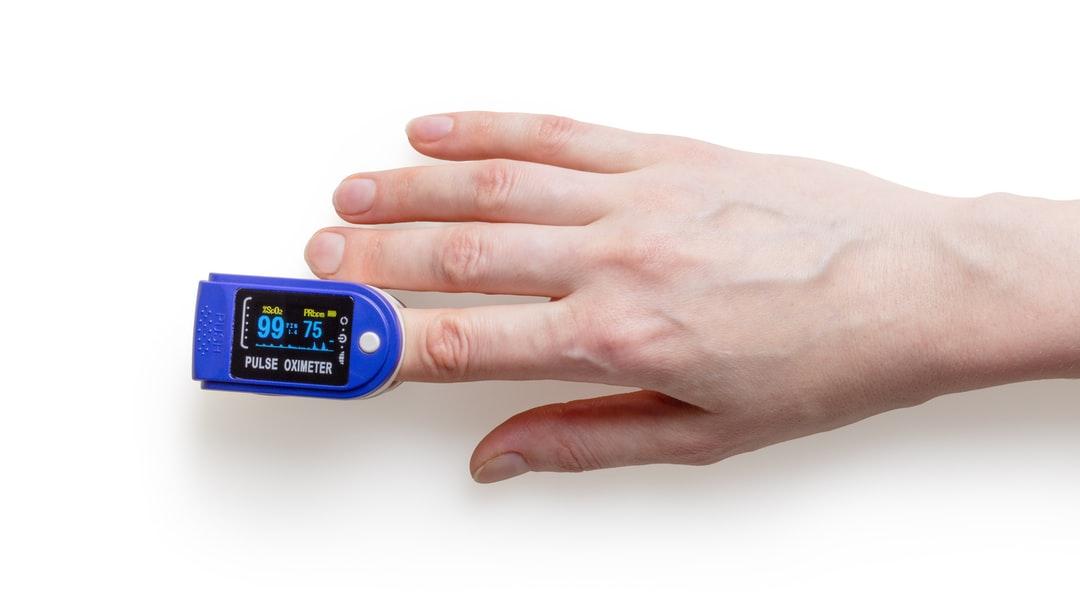How Remote Patient Monitoring can Help Patients in Rural Areas
According to the Centers for Disease Control and Prevention (CDC), people in rural areas are more likely to die prematurely from conditions like cancer, chronic lower respiratory disease, heart disease, unintentional injury, and stroke. Using telehealth in rural areas can help doctors monitor their rural patients’ health to avoid serious complications without requiring them to navigate long distances.

Though some forms of remote patient monitoring (RPM) have been around for a while, medical centers started to increase the use of RPM to reach remote areas during the pandemic. These remote healthcare services allow doctors to do their job regardless of distance, creating many benefits for patients and providers alike.
The Benefits of Telehealth for Remote Areas
Doctors can help patients with various health issues thanks to remote patient monitoring and telehealth. Some of the most common conditions treated and managed through telehealth include:
- Diabetes
- Epilepsy
- Heart disease and stroke
- Tobacco addiction
There are many benefits to using telehealth in rural areas. Doctors have better access to their patients, and patients can more easily access their healthcare team, allowing for timely, sometimes life-saving treatments. Here’s what you need to know about telehealth and remote areas.
Reduces Hospitalizations and Readmissions
One of the most significant benefits of using telehealth in remote areas is the reduction of hospitalizations and readmissions. The University of Pittsburgh Medical Center reported a 76% reduction in hospital readmissions for patients using RPM devices, and a Mayo Clinic study found that only 9.4% of patients were hospitalized within a month of starting an RPM program.
By enabling doctors to monitor patients’ health remotely, it becomes possible to proactively manage their condition, preventing it from reaching a critical stage that requires hospitalization. For example, one study showed that hypertension patients using RPM had better blood pressure control and lower systolic blood pressure than patients without RPM.
Additionally, if a patient is experiencing signs or symptoms of their condition, RPM may allow them to connect with their doctors and learn whether their symptoms require a hospital or clinic visit.
Allows Medical Staff to Work More Efficiently and Accurately
While better patient care is central to remote patient monitoring, another major benefit of using telehealth in remote areas is that it allows doctors and medical staff to do their jobs more efficiently and accurately.
With remote patient monitoring, medical staff have the information they need right at their fingertips. They don’t have to wait for a patient to come in to check their blood pressure or blood sugar; they can see the results in real time. This reduces the need for clinic visits and makes it easier for a doctor to monitor ill patients.
Additionally, the information that the medical staff has is accurate. They don’t need to rely on a patient’s memory or honesty to know where their blood sugar is — they can see it on their screen. This allows medical providers to proceed with the appropriate treatment.
Financially Benefits Small Practices
It’s no secret that healthcare costs are through the roof. Using RPM can help lower healthcare costs, which is especially important for small rural practices.
RPM offers financial benefits in many ways, including reducing:
- Hospitalizations
- Clinic visits
- Overhead costs
Treating your patients remotely saves money by avoiding costly medical stays. You also reduce overhead costs for clinics, which can save a small practice a lot over time.
Telehealth and remote patient monitoring could also allow you to take on more patients, increasing the amount you bring into your practice.
Opens Access to Care for Everyone
It can be difficult for patients in remote areas to access traditional care options. Often, patients live too far away to drive to a care facility as often as they should. Sometimes, patients in rural areas don’t have access to reliable transportation or don’t have the financial ability to make the trip.
Remote patient monitoring can help alleviate all these issues. By giving patients a way to be monitored from home, they no longer have to find a way to make it to a clinic or hospital regularly. Medical staff can monitor their conditions without the patient ever having to leave their home.
Get Started With Remote Patient Monitoring Today
The benefits of telehealth in rural areas cannot be overstated. Utilizing telehealth in remote areas saves lives, reduces hospitalizations, cuts down costs, and allows doctors and medical staff to work more efficiently and accurately.
CoachCare offers comprehensive remote patient monitoring and virtual health software designed to help you and your patients save time, money, and stress. We’ll provide you with the equipment and training your team needs to utilize RPM devices efficiently.
Learn more or request a demo today and start reaching your remote patients with the help of CoachCare.